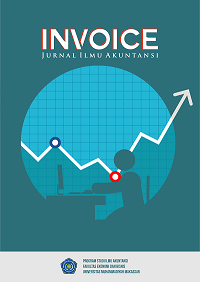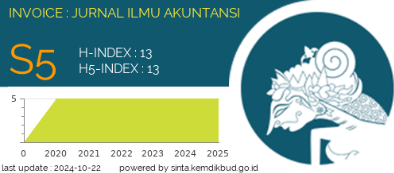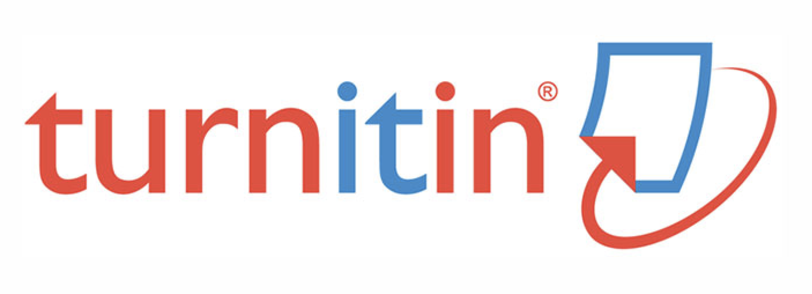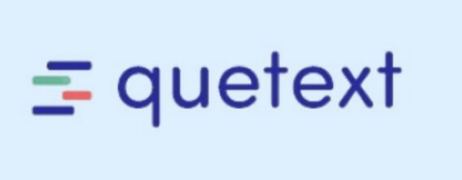The Influence of Enterprise Resource Planning (ERP) on PT Kimia Farma Tbk
DOI: https://doi.org/10.26618/inv.v6i1.14362
Abstrak
Kimia Farma is a company engaged in pharmaceutical health in Indonesia with subsidiaries PT Kimia Farma Apotek, PT Kimia Farma Diagnostika, PT Kimia Farma Plant, and PT Kimia Farma Trading & Distribution. Initially, in 1817, Kimia Farma company was named NV Chemicalien Handle Rathkamp & Co.. This company provides decision-making support tools as well as multi-currency and multilingual system support tools that are useful for supporting the progress of the company on an international scale. The type of research that is conducted to analyze this company is by using descriptive research. Descriptive research is a research conducted by providing a description of an event that is currently happening by giving a detailed explanation. The scope of the ERP implementation done by Kimia Farma includes license acquisition, hardware/servicer acquisition, ERP implementation service acquisition, and managed service acquisition. By increasing the services provided and adding more facilities, customers who visit or seek for treatments at Kimia Farma could get maximum service and feel more comfortable.Referensi
Aziz, M. A., Ragheb, M. A., Ragab, A. A., & El Mokadem, M. (2018). The impact of enterprise resource planning on supply chain management practices. The Business & Management Review, 9(4), 56-69.
Fernando, E., Lindawati, A. S. L., & Siagian, P. (2021, April). The Effect of Implementation of Enterprise Resource Planning System on Labor Productivity and Net Profit Margin. In 2021 The 5th International Conference on E-Commerce, E-Business and E-Government (pp. 66-72).
Garg, V. K., & Venkitakrishnan, N. K. (2003). Enterprise Resource Planning: concepts and practice. PHI Learning Pvt. Ltd.
Ganesh, K., Mohapatra, S., Anbuudayasankar, S. P., & Sivakumar, P. (2014). Enterprise resource planning: fundamentals of design and implementation. Springer.
Junaedi, J., & Kemalasari, N. Sistem Enterprise Resources Planning Sap dan Kinerja Keuangan Emiten Industri Farmasi. Indikator, 3(1), 132-143.
Marsuni, N. S., Rohmatunnisa, I., Nirwani, N., Pontoh, G. T., & Mediaty, M. (2022). Analysis Of Accounting Information Systems (SIA) In Preventing Fraud. SEIKO: Journal of Management & Business, 5(2), 94-102.
Marsuni, N. S., Said, D., & Indrijawati, A. (2022). Triple Button Line Implementation Through Corporate Social Responsibility Program At Pt. Semen Tonasa. Economos: Jurnal Ekonomi Dan Bisnis, 5(2), 107-113.
Marsuni, N. S. (2024). Enhancing Accountability through the Application of Sharia Accounting Principles: A Case Study of Baznas Makassar City. JEKAMI Journal of Accounting, 4(1), 31-36.
Marsuni, N. S. (2024). Sustainable Infrastructure Development: A Case Study of Kalaotoa Village, Pasilambena District, Selayar Islands Regency. Agency Journal of Management and Business, 4(1), 22-27.
Maulana, A., & Paryogo, T. R. (2001). Enterprise Resource Planning (ERP).
Marsuni, N. S., Arum, R. A., Mariana, L., & Nersiyanti, N. (2023). Abnormal Comparison Analysis of Return and Trading Volume Activity Before and After The Announcement of The Covid 19 Pandemic. Economos: Jurnal Ekonomi dan Bisnis, 6(3), 276-285.
Monk, E., & Wagner, B. (2012). Concepts in enterprise resource planning. Cengage Learning.
Royyana, A. (2018). Strategi transformasi digital pada pt. Kimia farma (persero) tbk. Journal of Information Systems for Public Health, 5(2), 15-32.
Sandhil, S. G., & Gupta, N. V. (2013). Enterprise Resource Planning (ERP): A tool for uninterrupted supply in pharmaceutical supply chain management. International Journal of Pharmacy and Pharmaceutical Sciences, 5(3), 103-106.
Wibisono, S. (2005). Enterprise resource planning (erp) solusi sistem informasi terintegrasi. Dinamik, 10(3).
Unduhan
Diterbitkan
Terbitan
Bagian
Lisensi
Authors who publish with Invoice: Jurnal Ilmu Akuntansi agree to the following terms:
-
Copyright Ownership
The copyright of all articles published in this journal remains with the author(s). However, the authors grant Invoice: Jurnal Ilmu Akuntansi the right of first publication with the work simultaneously licensed under a Creative Commons Attribution 4.0 International License (CC BY 4.0). This license allows others to share, copy, redistribute, adapt, and build upon the work for any purpose, even commercially, as long as proper credit is given to the original author(s) and the source. -
Licensing and Access
Invoice: Jurnal Ilmu Akuntansi provides immediate open access to its content on the principle that making research freely available to the public supports a greater global exchange of knowledge. All published materials are available freely without subscription or payment and can be accessed, downloaded, and reused by any user provided that appropriate attribution is given. -
Permission for Reuse
For uses not covered by the CC BY 4.0 license, such as commercial reprints, translations, or any form of adaptation without clear attribution, users must obtain written permission from the editorial team. Requests for such permissions can be directed to the editorial office at: [invoice@unismuh.ac.id]. -
Plagiarism and Originality
Authors are responsible for the originality of their submissions. All articles are screened for plagiarism using appropriate tools before acceptance. Manuscripts found to contain unoriginal content or infringing materials will be rejected or retracted as per journal policy.














